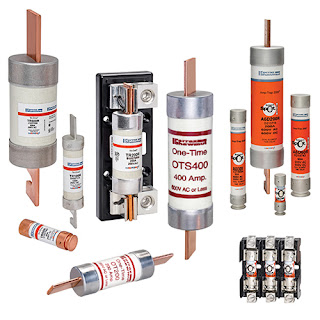Rotary Position Sensors for Agricultural Machinery
Variohm Eurosensor has launched BEI Duncan 8360 rotary position sensors for use in agricultural and construction machinery, medical equipment, industrial automation and process control. Typical uses include steering angle, crane boom angle, throttle range and traction control feedback. The sensors feature non-contact potentiometric technology with continuous rotation, electrical angles up to 360deg and dual-redundant analogue outputs in a compact and robust IP65-sealed package that includes a splined through-hole design for direct shaft mounting.
The 8360 will suit both harsh-environment and safety-critical angle measurement applications where high reliability, long life and durability are important design considerations. The sensor has an input voltage of 5VDC and as standard includes dual redundant 12-bit analogue outputs with a range of 0.2VDC to 4.75VDC and accuracy to +/-0.6 per cent. A choice of 24 electrical angle ranges are available in 15deg increments up to a full 360deg rotation. With an overall thickness of less than 16mm and a nominal footprint of around 85 x 105mm, the 8360 series sensor can be mounted in extremely space-restricted areas where the through-hole will directly interface with a 12-tooth splined shaft from 16mm to 20mm in diameter.
For straightforward installation, the sensor has four face-mount bush inserts and is supplied complete with a 200mm cable assembly with a six-pin AMP connector. The robust and durable angle sensor has high shock and vibration resilience, overvoltage, short-circuit and ESD protection and magnetic shielding. The nominal operational temperature range is from -30C to +85C with a an extended temperature option of -40C to +125C. Further options include non-standard electrical angles, non-standard output slope, PWM output, CANbus communication, multi-turn versions, IP67 sealing and special shaft interfacing.
The 8360 will suit both harsh-environment and safety-critical angle measurement applications where high reliability, long life and durability are important design considerations. The sensor has an input voltage of 5VDC and as standard includes dual redundant 12-bit analogue outputs with a range of 0.2VDC to 4.75VDC and accuracy to +/-0.6 per cent. A choice of 24 electrical angle ranges are available in 15deg increments up to a full 360deg rotation. With an overall thickness of less than 16mm and a nominal footprint of around 85 x 105mm, the 8360 series sensor can be mounted in extremely space-restricted areas where the through-hole will directly interface with a 12-tooth splined shaft from 16mm to 20mm in diameter.
For straightforward installation, the sensor has four face-mount bush inserts and is supplied complete with a 200mm cable assembly with a six-pin AMP connector. The robust and durable angle sensor has high shock and vibration resilience, overvoltage, short-circuit and ESD protection and magnetic shielding. The nominal operational temperature range is from -30C to +85C with a an extended temperature option of -40C to +125C. Further options include non-standard electrical angles, non-standard output slope, PWM output, CANbus communication, multi-turn versions, IP67 sealing and special shaft interfacing.


Comments